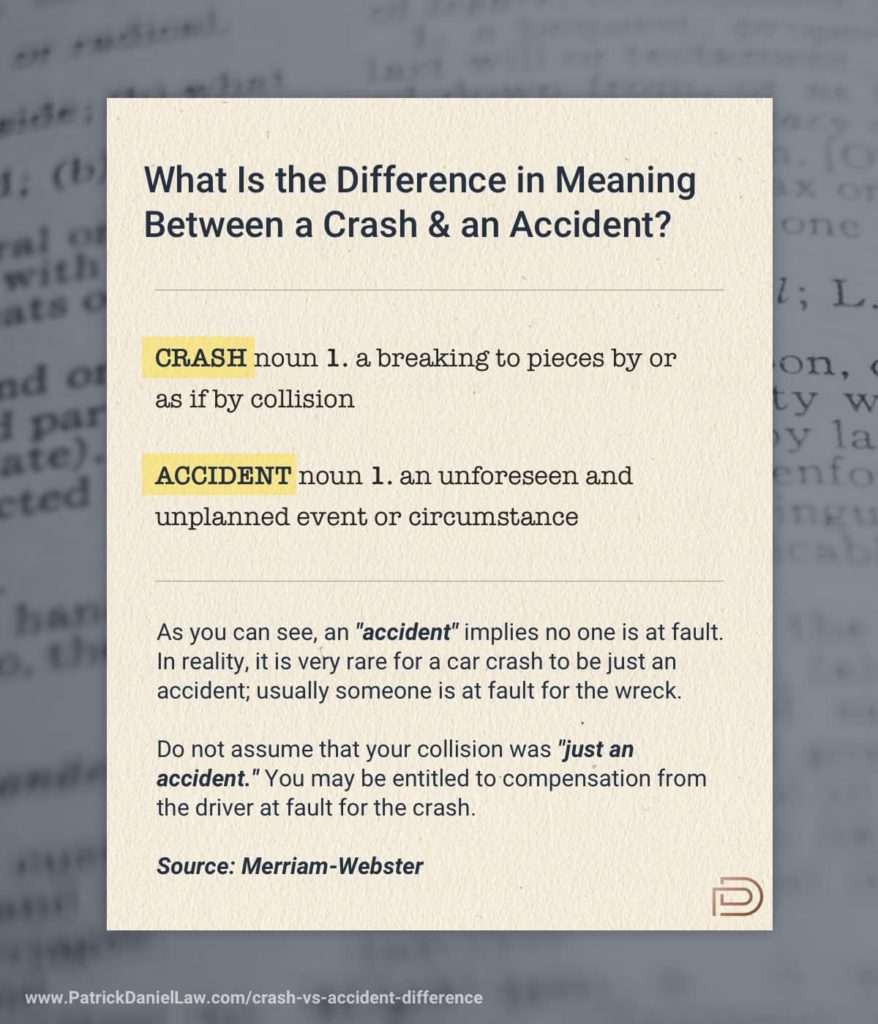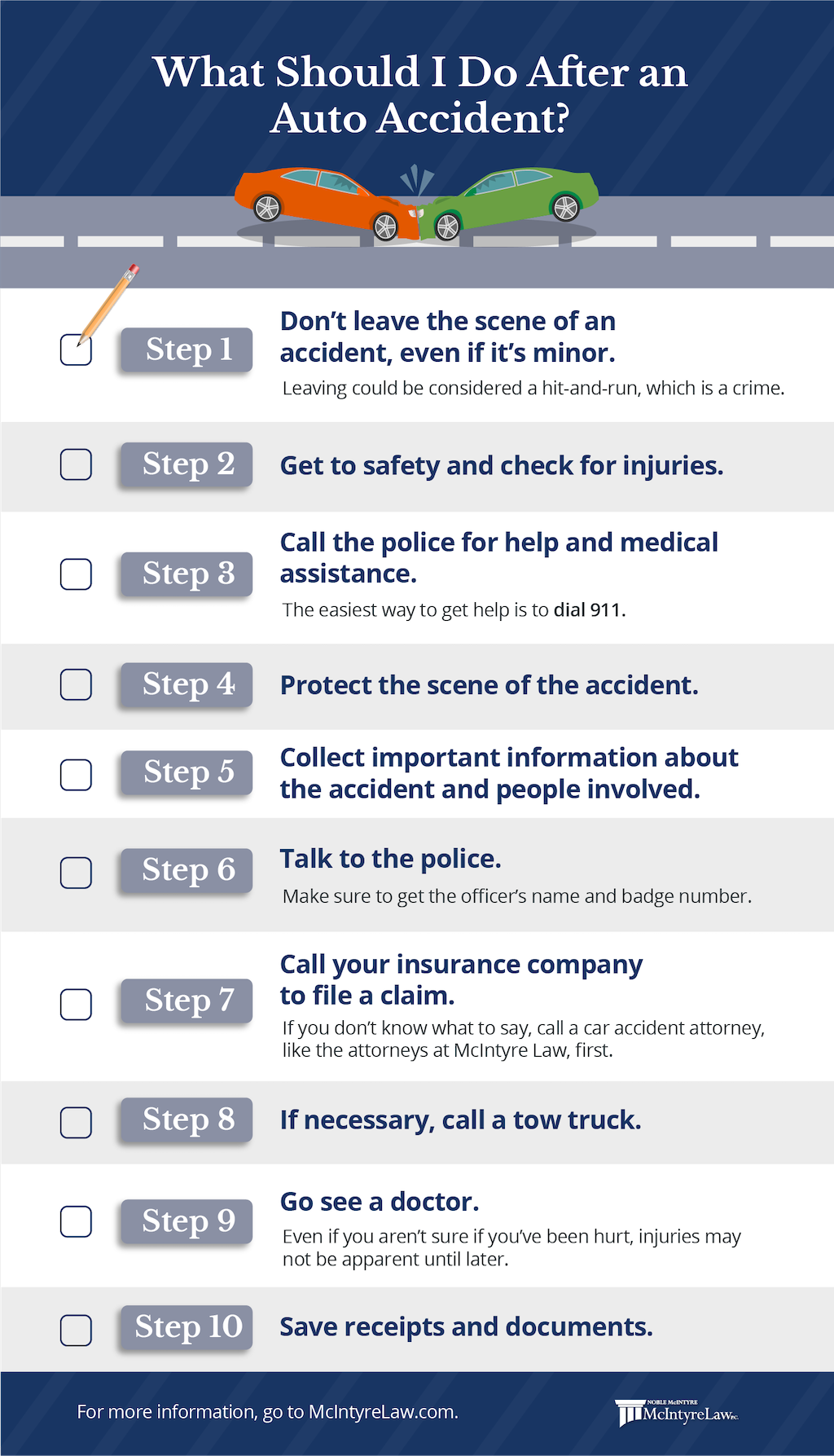This will be the most far-reaching progress in the mobile field since the invention of the automobile, but the biggest impact will not be felt on the highway. Cities are the places where autonomous vehicle(SDVs, also known as autonomous vehicle) are most likely to fundamentally change people’s life, work and travel patterns. Reducing accidents, reducing costs, improving traffic efficiency, improving production efficiency and reducing pollution are only part of the expected benefits. For example, according to our research, cities usually use SDV. Robot taxis “;(especially shared autonomous taxis) equipped with Android on-board DVD players and Android on-board GPS can reduce the number of cars on the city streets by 60%, exhaust emissions by more than 80%, and road accidents by 90%.
SDV will have a great impact on cities. Because the city is our largest population center and also the fastest growing population center. Today, half of the 3.5 billion people live in urban areas. By 2030, two-thirds of the global population will live in urban areas. Cities account for 60-80% of energy consumption and 70% of global greenhouse gas emissions. However, in the words of the United Nations, it is widely recognized; while bringing efficiency improvement and technological innovation, high-density cities can also reduce resource and energy consumption. “Goal 11 of the United Nations Sustainable Development Goals: Change the 17 World Goals to make cities inclusive, safe, humane and sustainable”, “Smart traffic management The progress of SDV and other technical support, such as precise robot car gps or work area satellite navigation, is essential.
As BCG reported in April 2015, it is no longer a question whether or not SDV will start and when.(Revolution in the Driver’s Seat: The Road to Self driving Cars, see BCG Report, April 2015.) Many parties have been developing self driving technologies. The trend of SDV being put into the road is OEM, suppliers, mobile suppliers, technology companies, academic institutions, governments, and regulatory agencies. At the International Automobile and Consumer Technology Exhibition, more and more automobile manufacturers and technology companies are proud of their SDV vision. The number of autonomous driving players suitable for Android car DVDs is increasing rapidly.(For example, “Interconnection Trends: Consumer Electronics 2016 Observations and Bottom Issues”, BCG article, see January 2016.) New experiments, experiments and goals are published almost every day. For example, Dubai recently said that it will achieve 25% of its ambition of unmanned mobility by 2030.
although technical progress is still rapid, SDV stakeholders are addressing the social, legal and regulatory issues that will arise after these vehicles are launched on the market. Policymakers, planners, companies and ordinary residents who have a stake in world cities are willing to participate. Because the future cities are very different from the cities we know at present, they can be formed around SDV technology and other mobility advances.
Many public policy makers focus on understanding self-regulated transport and potential impacts. The US Department of Transportation launched a “Smart City Challenge”, which funded a “Smart City” project worth 40 million US dollars. A backbone city has put forward a bold, data based idea to improve life through safer, more convenient and more reliable means of transportation. “The Swedish government launched the” Swedish Drive “. Strategic innovation plan ; the company focuses on new mobile modes including automatic transportation and android2Din on-board audio components. If the Swedish legislation is amended and passed, SDV testing will become easier. Germany has eased the legal barriers to SDV testing, as long as drivers can overcome automatic control. In Finland, the Ministry of Transport and Communications tests SDV We have appointed a working group to formulate the Korean legal framework and prepare necessary measures. Many other jurisdictions, including Austria, France, the Netherlands, the United Kingdom and the United States, are also adopting SDV legislation or have already done so.
The report is the result of BCG’s cooperation with the World Economic Forum. Unless otherwise specified, the terms “autopilot”, “autopilot” and “SDV” are applicable to android 2din car stereo or Opel navigation that we can replace, and refer to fully autonomous vehicles. Robot taxis are SDVs that are shared sequentially or simultaneously with the required number of passengers.






